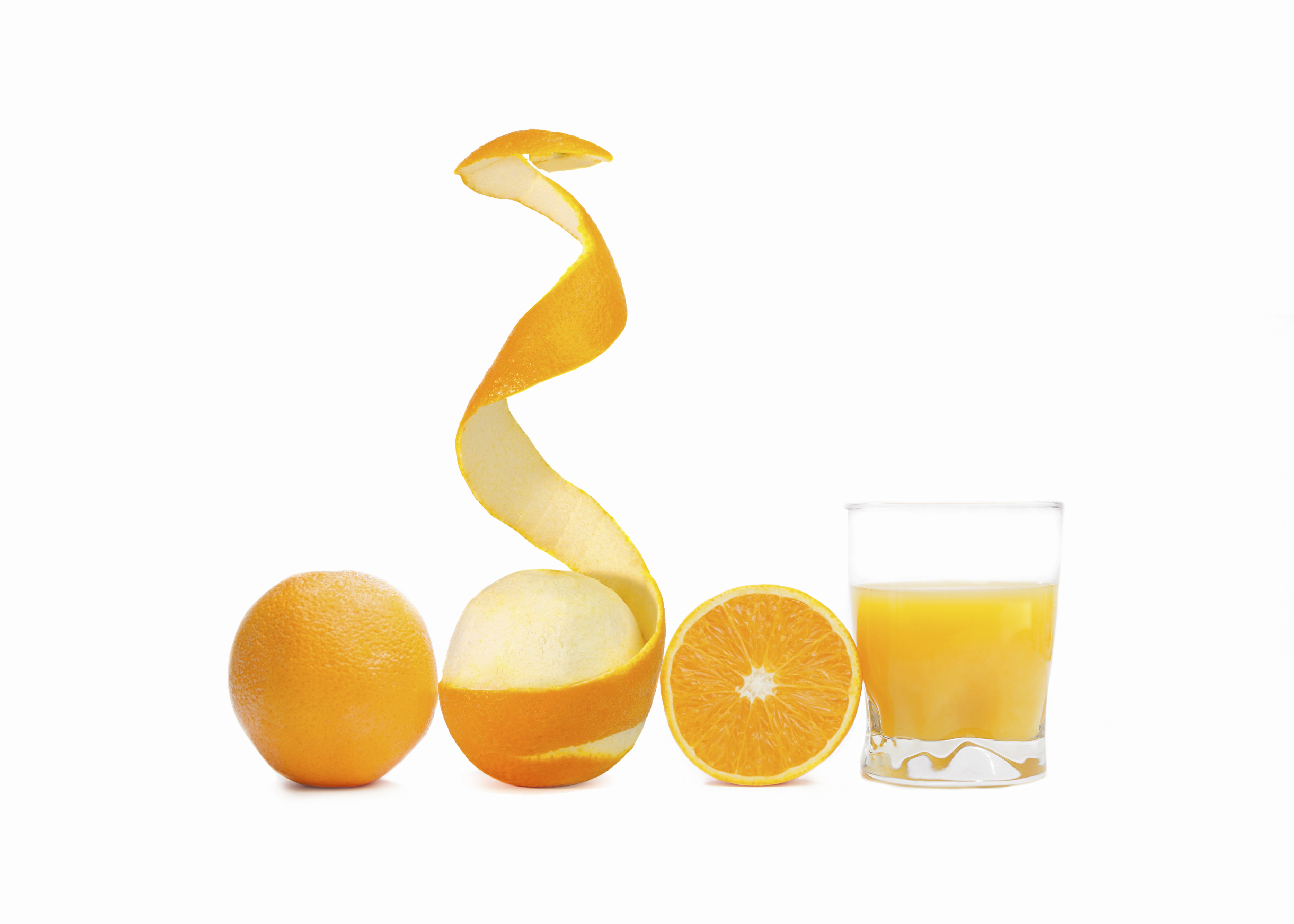What is the best diet to follow for people with reactive hypoglycemia? I deal with frequent (pretty much daily) low blood sugar. I am female 58 years old, 5’3″ and about 180 lbs. I have gained 40 lbs. in the last 4 years. All other blood work checks out fine – thyroid, insulin, C-peptide, etc. – June
June, your best bet will be to avoid concentrated sugars and include protein and/or fat with complex carbohydrates at each meal and snack. The goal is to keep blood sugar even to prevent high peaks and subsequent low valleys (the reactive hypoglycemia). The best way to achieve this is to slow absorption of carbohydrates when you eat and to eat smaller servings more frequently. Also, losing the weight you’ve gained will help your metabolism and hunger levels.
Avoiding concentrated sugars will obviously reduce free sugar intake which is absorbed rapidly. There is just no good way to have a full serving of soda, candy or regular dessert with your condition. Watch for hidden sugars by reading labels and ingredients lists. Of course, when treating a low blood sugar episode something like orange juice is fine.
5 Surprising Foods Full of Hidden Sugar
You may have heard of Glycemic Index as a way to refer to the relative sugar-rising effect that foods with carbohydrate have on the blood (the larger GI the bigger the effect). Using the GI number alone is not the best predictor of how eating that particular food will affect you, as it doesn’t take into consideration the actual serving you consume and what else you’re eating at the same time. It does have value in comparing two food options such as flaked bran cereal (GI 74) or cooked rolled oats (GI 50).
Next, including either protein or fat slows digestion of the carbohydrates you do eat, which should be wholesome and fibrous. These complex carbohydrates (from vegetables, beans and whole grains) are more difficult to break down than refined flour products. For example, have a hard-cooked egg when eating a fresh apple, or add peanut butter when eating wheat crackers. A small pasta meal should include some kind of meat, seafood or cheese.
Eating smaller servings more frequently allows for a more constant supply of blood sugar and prevents large influxes of sugar into the blood that bigger meals would create. For example, spread out a 2,000 calorie, 250 gram carbohydrate intake over five eating sessions instead of three. Don’t skip meals, either!
I must also note that avoiding caffeine and stimulants is a must as these may cause stored carbohydrate to release into the blood as sugar. Again, avoid a peak to prevent a crash.
This article should not replace any exercise program or restrictions, any dietary supplements or restrictions, or any other medical recommendations from your primary care physician. Before starting any exercise program or diet, make sure it is approved by your primary care physician.
– Debbie J., MS, RD
Do you have a question about your diet or nutrition?
Ask our dietitian by submitting your question to nutrition@lafitness.com or simply ask it in the COMMENTS section below. To learn how to follow the “Ask Our Dietitian” Q&A CLICK HERE!




